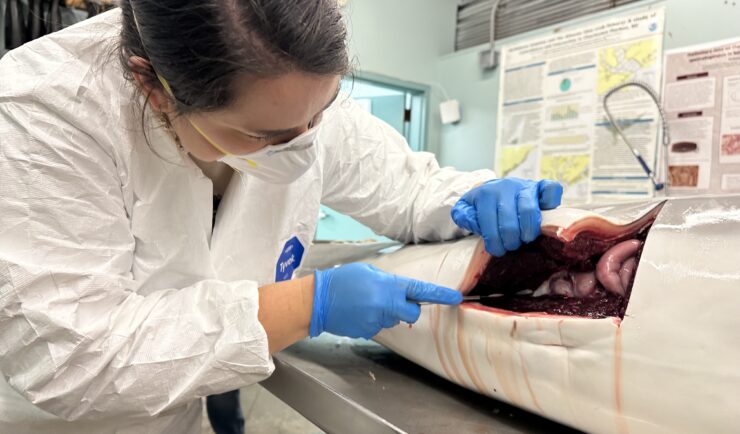- Success Stories
- Emergency Preparedness & Response
Webinar Support for Emergency Chemical Release Response
Our staff on contract with the Environmental Protection Agency’s (EPA) Scientific and Technical Assistance for Consequence Management Team recently provided support for the development, coordination, and moderation of a pre-Operational Testing and Evaluation of Chemical Remediation Activities webinar for EPA On-Scene Coordinators. The EPA Office of Research and Development presented on the use of provisional advisory levels (PAL). The EPA Office of Emergency Management CBRN Consequence Management and Advisory Division (CBRN CMAD) presented on the process of chemical clearance during an emergency chemical release incident. Our staff assisted the EPA team in developing the event, acted as moderator, and provided technical support. This educational and interactive webinar was critical in providing the On-Scene Coordinators with information that will support them in their efforts during an emergency chemical release event. The webinar was a big success, with approximately 50 participants, and received very positive feedback from attendees.
 EPA Office of Emergency Management gave an interactive presentation on the clearance process after the release of a chemical warfare agent. |  EPA Office of Research and Development gave an interactive presentation on the use of PALs during an emergency chemical release event. |
See More CSS Insights

Going Above and Beyond During Difficult Circumstances
Congratulations to our Senior Program Analyst for receiving the Program Manager’s Spotlight Award, one of the highest levels of awards our company offers. She was nominated by her federal deputy director with the National Oceanic and Atmospheric Administration’s Coral Reef Conservation Program for quickly taking action upon the departure of the federal grants coordinator. She…

Assisting South Carolina Marine Mammal Stranding Network
CSS employee owner and Marine Mammal Microplastic Specialist supporting NOAA’s National Centers for Coastal Ocean Science assists the South Carolina Marine Mammal Stranding Network in responding to dead marine mammals when they strand on beaches or estuaries throughout South Carolina. This is work is critical for human and environmental health because it provides invaluable samples…

Team Award for Extraordinary Support
A big congratulations to Aurora Justiniano-Santos, our environmental scientist in Puerto Rico, for receiving a Program Manager’s Spotlight Award─one of our company’s highest awards─for going above and beyond her role. Aurora was nominated by her division lead at the National Oceanic and Atmospheric Administration’s Office for Coastal Management for assisting the client during a sensitive…
